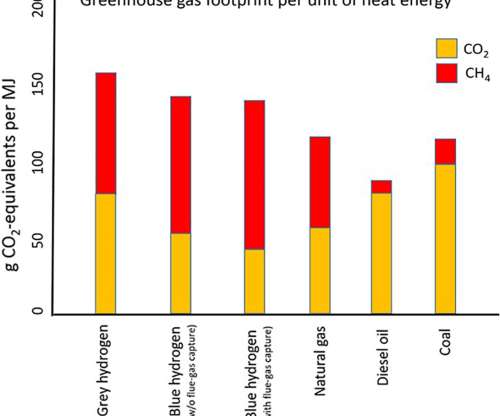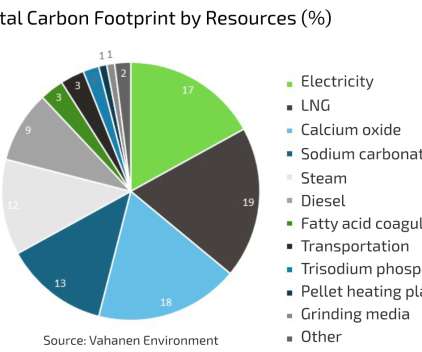Chang’an study examines benefits of CTL F-T diesel blends on combustion and emissions
Green Car Congress
AUGUST 8, 2021
Researchers at Chang’an University in China investigated the effect of blends of Fischer-Tropsch (F-T) diesel fuel from indirect coal-to-liquid (CTL) and petroleum diesel fuel on combustion and emission characteristics under various injection timing (IT) and engine loads. A report on their work is published in the journal Fuel.





































Let's personalize your content